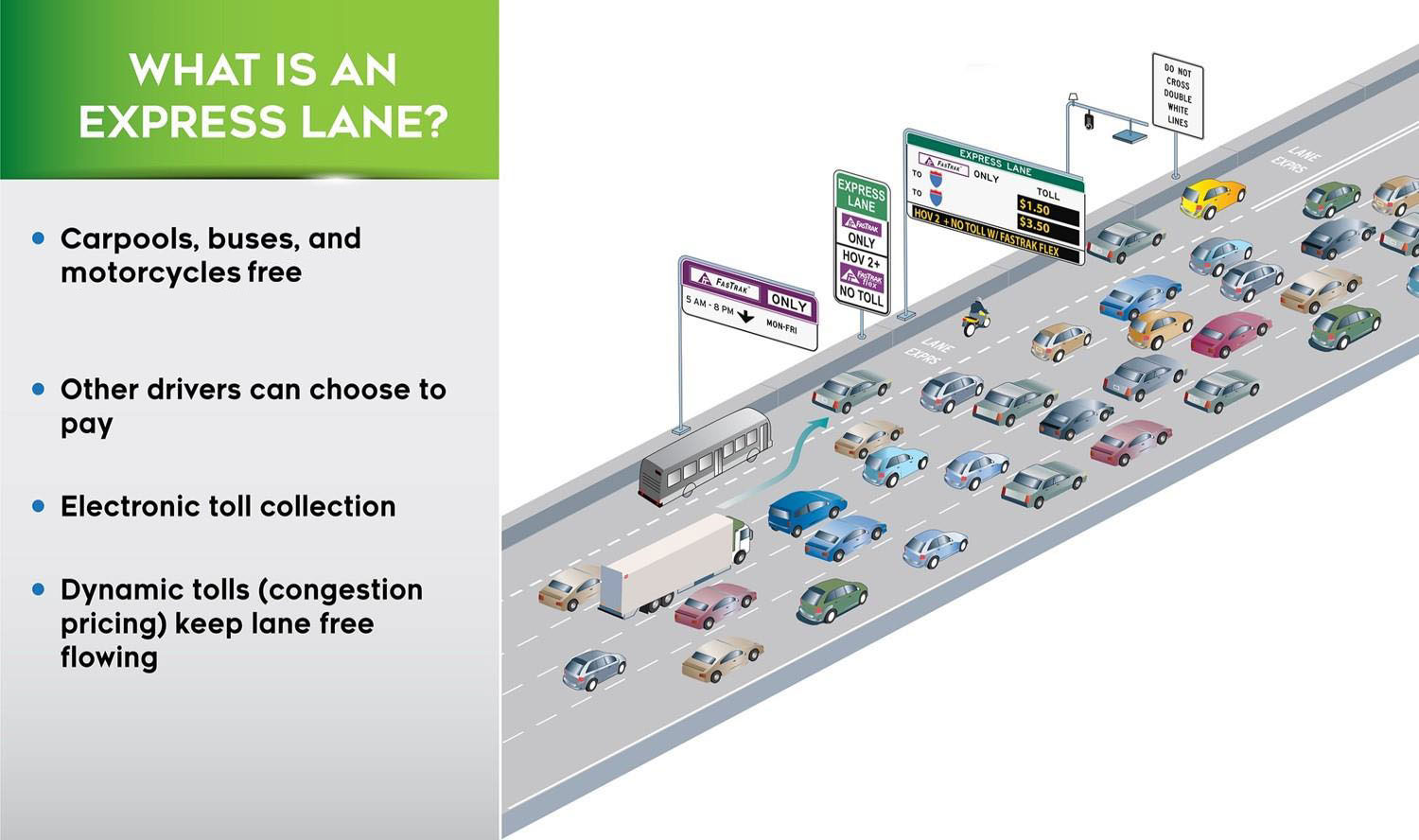Solano I-80 Express Lanes Project

The I-80 Express Lanes in Solano County between Red Top Road in Fairfield and I-505 in Vacaville began operations in December 2025. The project was a partnership between Caltrans, the Metropolitan Transportation Commission, and the Solano Transportation Authority to create an 18-mile express lane in each direction.
For information about how to use express lanes, visit expresslanes.511.org.
Media Gallery
Additional project resources including downloadable maps, image galleries, and video clips can be found on the media resources page.
Project Information

Between 2022 and 2025, Caltrans and the Solano Transportation Authority (STA) constructed ten miles of new highway lanes in the median of I-80 between Airbase Parkway in Fairfield and Leisure Town Road in Vacaville.
The Metropolitan Transportation Commission converted the new lanes, plus eight miles of bi-directional carpool lanes into express lanes between Red Top Road and Airbase Parkway in Fairfield. The joined facilities created two 18-mile-long express lanes to improve transit travel times, particularly between Air Base Parkway and Leisure Town Road where carpool lanes did not previously exist.
The project combats growing traffic congestion in the Fairfield-Vacaville corridor. At Air Base Parkway, the busiest location, about 215,000 vehicles pass through daily. Solano County rests between two mega regions, the Bay Area and the greater Sacramento area where traffic is projected to increase by 35 percent by 2040. O.C. Jones, the contractor on the project worked on a stretch of freeway that hadn't been widened since 1973.
Opening of new ramps on I-80 in 2022 provided additional congestion relief to the vicinity.
Over half the funding for $244 million project, $123 million, came from money set-aside by Senate Bill 1 (SB 1), the Road Repair and Accountability Act of 2017.
Express Lanes
- Encourage carpooling and transit use
- Improve travel times and travel reliability
- Reduce congestion in the corridor
- Increase person throughput
- Maximize efficiency by using modern technology
How Express Lanes Work
- Buses, 3+ carpools (vehicles with three or more occupants), and motorcycles drive for free
- 2-person carpools pay half-price tolls
- Other drivers can choose to pay tolls to use the lane
- Electronic toll collection
- Dynamic tolls (congestion pricing) help keep the lane free flowing


